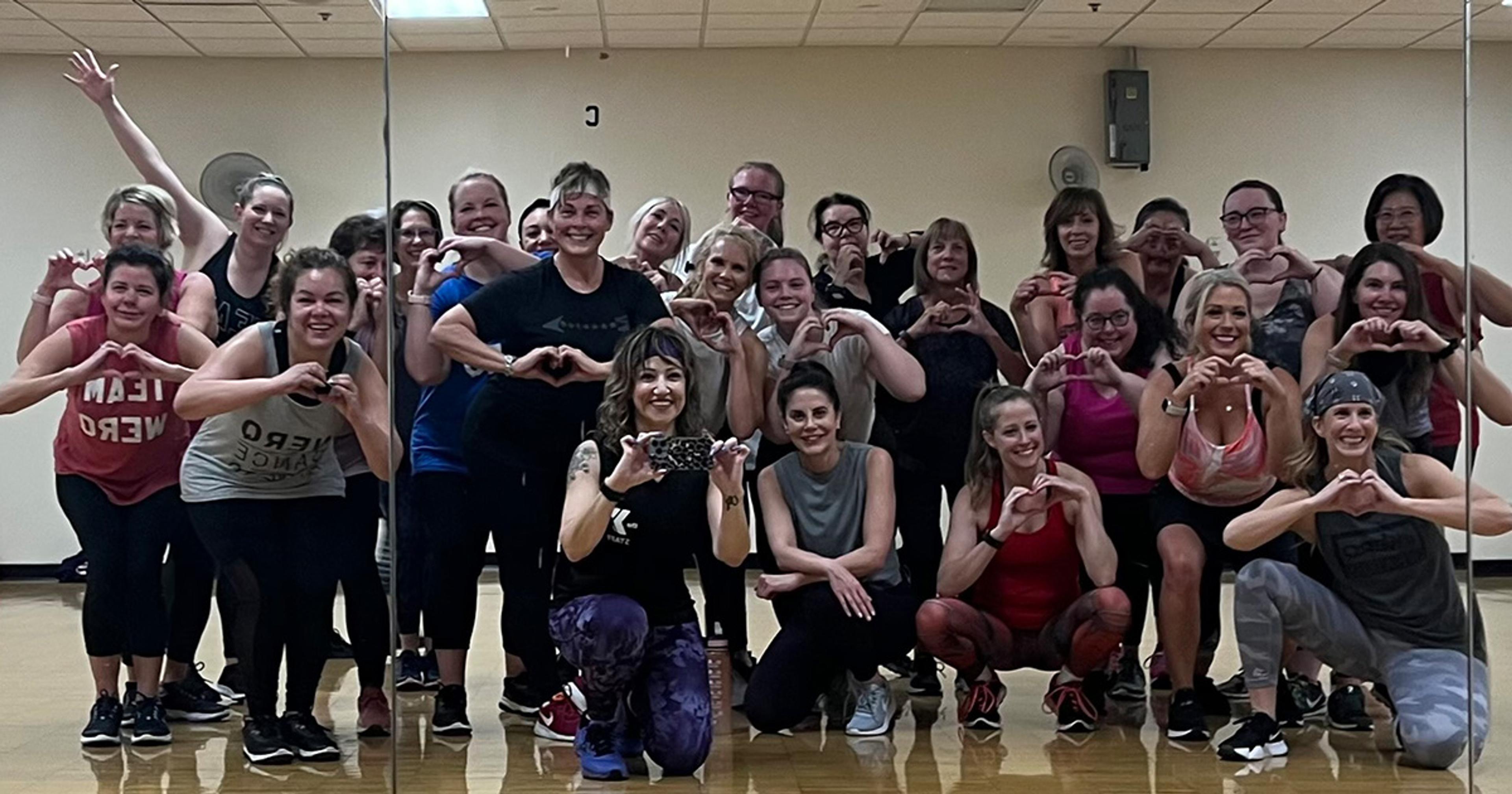Shining the Spotlight on Competitive Dance Teams
Guest Blogger
| 3 min read

For many people, dance can be a fun way to relieve stress, boost mood, or just get some chores done around the house on the weekend. But for young athletes, who have committed to developing their knowledge, technique, and passion for the sport, dance is much more than a hobby — it’s a lifestyle.
Dance teams across the country including Michigan’s own Royal Oak High School Varsity Dance Team go through extensive training to achieve their full potential. They work tirelessly to improve their showmanship, memory, technique, and routine execution as part of their commitment.
But those not familiar with the sport of competitive dance might not realize all that goes in to delivering a star performance.
Here’s a look at just some of the reasons young dancers deserve the spotlight:
- Year-round commitment. With an eleven-month season, these dancers are hard at work from April through March. There are also optional clinics during the little down time they have.
- Demanding practice schedule. Dancers practice anywhere from three-to-five days a week, depending on the competition schedule. Practices can range from two and a half to five hours. Many times the girls often practice on days when they also have a performance, which adds up to about six hours of dance (after a full day of school).
- Cutting edge choreography. Learning the latest moves is harder than it might seem. Dancers spend anywhere from three to eight hours in choreography sessions to perfect their routine. These include learning pom, jazz, hip hop, and other technical elements of dance and practicing their execution over and over. Many team members seek more individual feedback by also investing in private lessons and technique sessions through local studios.
- Strength training and conditioning. The girls go through extensive strength and conditioning training to prepare their bodies for the physical demands of dance. Daily abdominal workouts, running, stretching, and wearing wrist weights during practice are just some of the ways the girls continually build strength.
- Performances and routines. Dance teams are responsible for two-to-three competitive routines, but also learn an additional six to 10 routines throughout the year. The Royal Oak Dance Team attends five local competitions per year as well as the national competition in Florida. They also participate in local parades, pep rallies, community events, games, and other school activities throughout the year.
But ask any dancer and she’ll tell you the hard work, sweat, and sometimes tears are all worth it.
Dancers develop lifelong friendships, promote a positive and encouraging attitude, and become great role models for other student athletes.
Do you have a competitive dancer in your life? Tell us about their dedication and what dance has taught them by joining the discussion below.
About the authors:

Jessica LoDuca, Esq., is co-varsity head coach of the Royal Oak High School Dance Team. She worked with the Universal Dance Association for seven years and has been dancing for 13 years.

Jennifer LoDuca-Hull is co-varsity head coach of the Royal Oak High School Dance Team. She grew up cheering and dancing with different teams and studios and is entering her 20th year of coaching.
If you liked this blog, you might enjoy reading:
Photo credit: Courtesy images, Royal Oak High School Dance Teams





